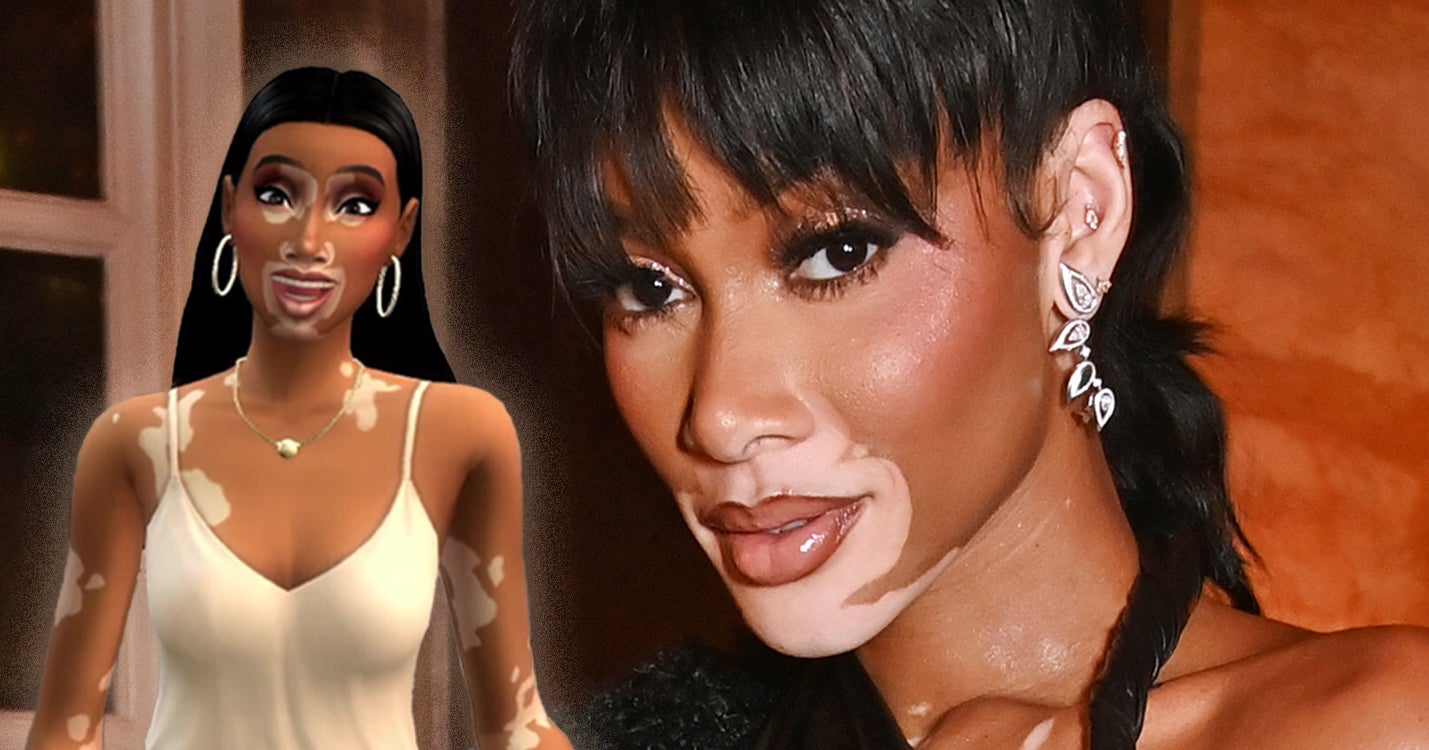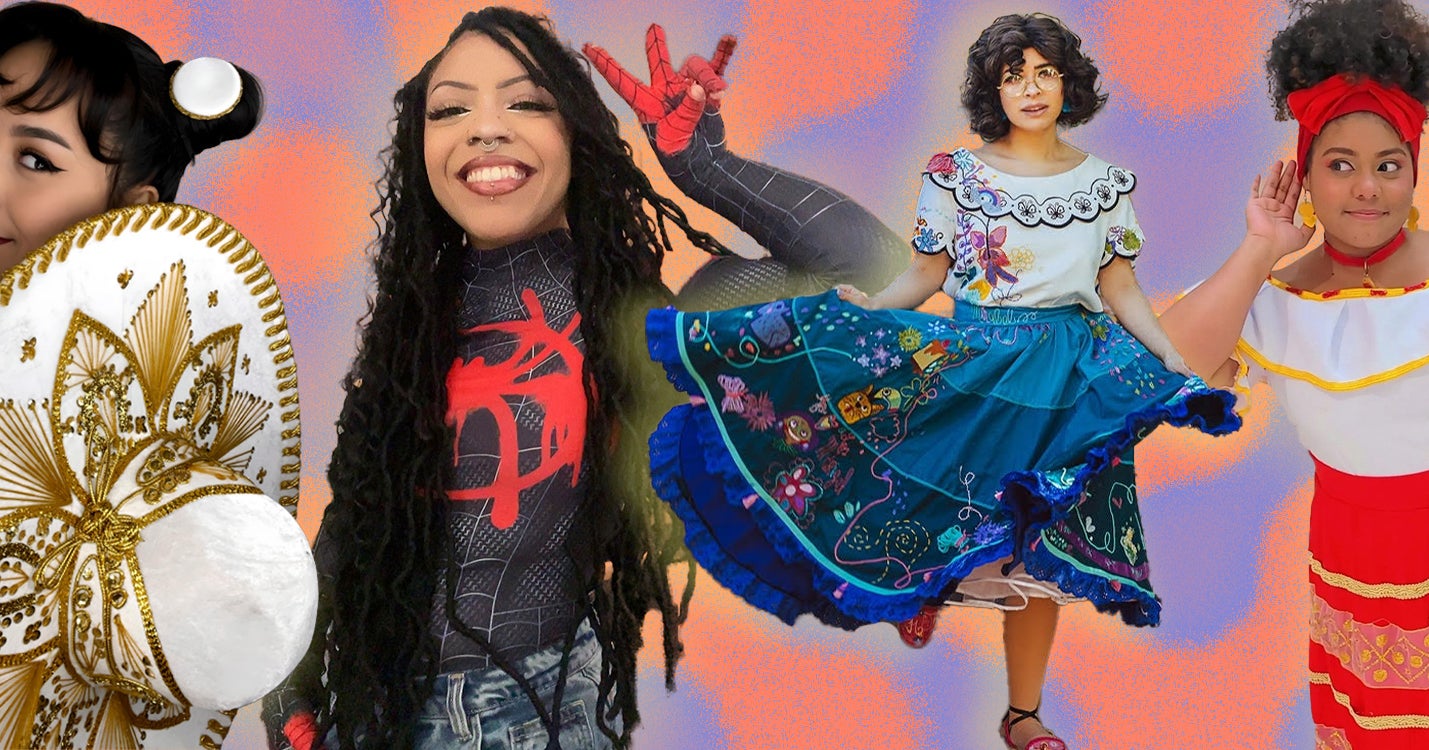
But Harlow doesn’t see it that way. Instead, she insists this feature makes it easier for kids with vitiligo, adding that “it allows [vitiligo] to become a norm and not something that is tokenized.” Having more vitiligo representation in games de-stigmatizes it in real life. Winnie explains it like this: a kid playing an avatar with vitiligo in The Sims or any other game means they won’t be surprised when they see someone with vitiligo in the real world. She likens it to modeling, saying that she always felt like a “wow factor” and that she worried her career choices would deflect from the movement of representation. That’s not the case with this Winnie x The Sims 4 collaboration, she argues. “When something like this comes out, it becomes a movement and not just a moment,” a movement that she hopes will further the bounds of representation in gaming and any creative industry — and more importantly, give credit where credit is due.







